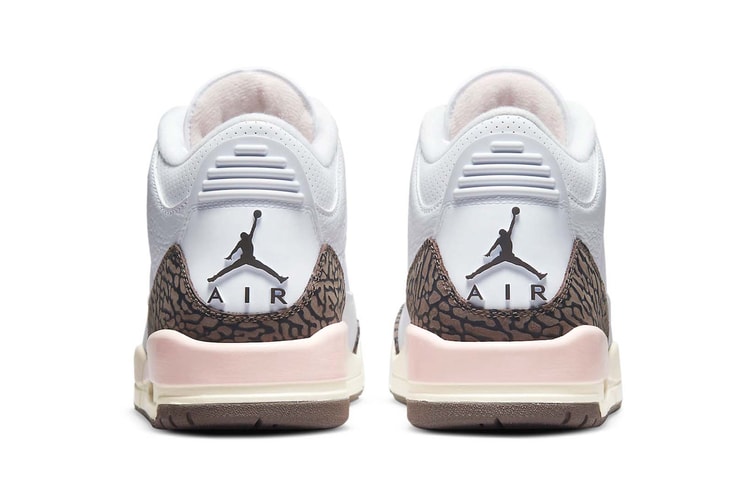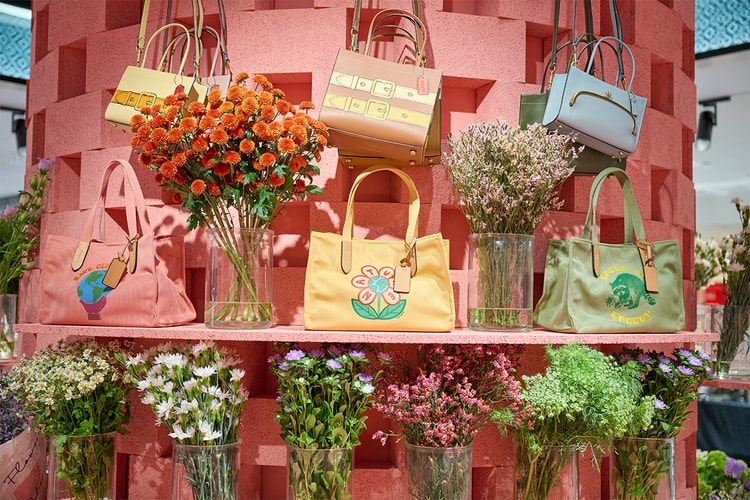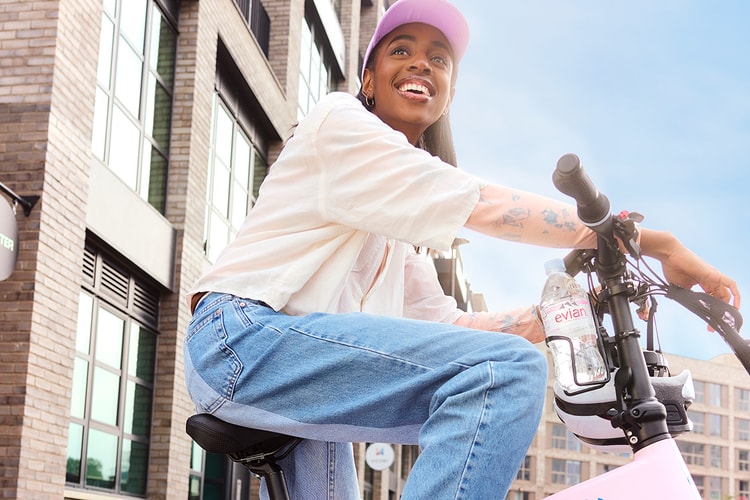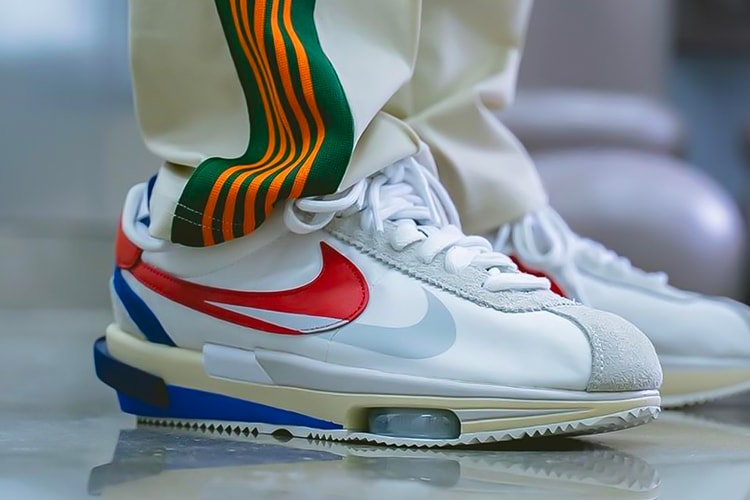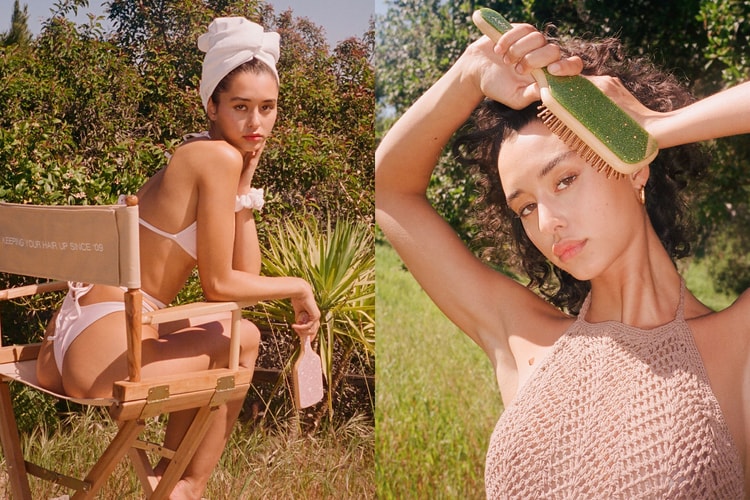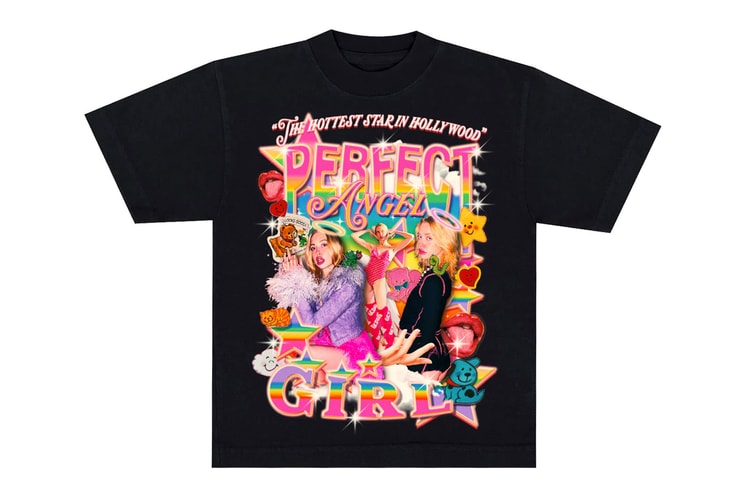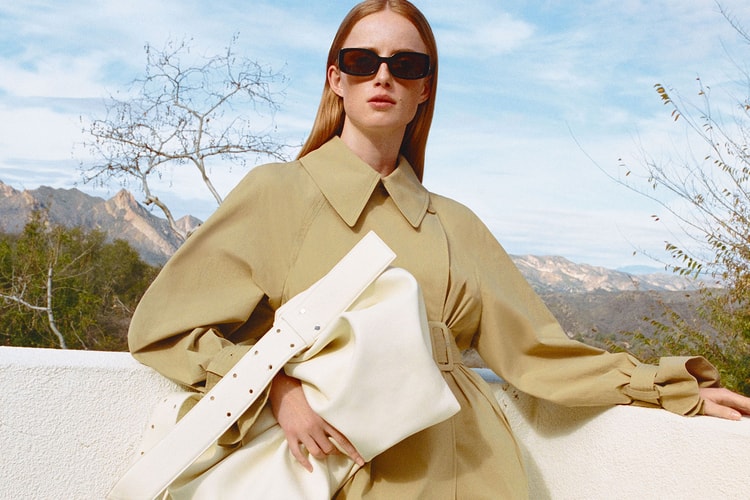
Is It Possible To Love Both Fashion and the Earth?
The answer? Yes, sustainable maximalism exists.
In the midst of the early months of the pandemic, the overwhelming urge to dress more colorfully and freely experiment with one’s style coincided with the increasing awareness of fast fashion’s impact on the Earth. The desire to mix prints and colors merged with the rise in thrift shopping, as the strict solitude of quarantine encouraged many to reflect on the clothing that truly made us happy as well as our methods of consumption.
Out of the isolation, TikTok aesthetics from clowncore to the coquette trend were born, signaling a collective desire to play dress up once again. With any love of fashion comes a sincere emotional attachment to one’s closet, begging the question: Is it possible to be a sustainable maximalist? Many of us want to live on a thriving planet as well as leave one for future generations, yet the task of saving the Earth can seem daunting when the blame truly lies with corporations.
Jazmine Rogers of @thatcurlytop is doing her part, as the 25-year-old California native wholeheartedly “walks the walk.” She stopped buying fast fashion in the summer of 2016, after getting in a fight with her fashion professor for writing an essay on sustainable fashion. Her teacher shut down the very possibility of such a notion, telling Rogers that “it would never happen” and “to not get ahead of herself.” The content creator tells us, “My professor pretty much represented the fashion world at the time where any mention of sustainability was laughable.” Now, Rogers has founded Sustainable Baddie, an online community made to demystify sustainability with a playful and approachable lens.
The Instagram and YouTube influencer now prefers to thrift her outfits and “shop” from her closet, creating kidcore-approved ensembles with her quirky combinations.
A reformed shopping addict, Rogers recalls quitting her fashion and merchandising major as her perspective entirely changed once she learned about the damage the fashion industry’s relentless and sometimes unethical production processes took on the Earth. “I ignored the information for an entire year because it was that overwhelming to take in. There wasn’t a lot of accessible resources at the time, but I hit a point and realized that the full pressure isn’t on me, but taking little steps forward still has an impact.” The Instagram and YouTube influencer now prefers to thrift her outfits and “shop” from her closet, creating kidcore-approved ensembles with her quirky combinations.
View this post on Instagram
Wearing my clothes to death and mending them when necessary is an accessible form of practicing sustainability, not to mention being intentional with what I bring into my closet.
Rogers admits that making the switch to sustainable fashion has had a positive impact on her wardrobe, as she eloquently observes that “limitations spark creativity.” Prior to her breakup with fast fashion, Rogers recalls the pressure to keep up with trends. Going to a predominantly white private university, “I would go to class with people who casually drove Porsches and I felt the need to fit in. Fast fashion took over my life in the sense that I was constantly buying clothes, but would open my closet and hate everything I had. It was so draining that for me, making the switch allowed me to be more intentional with my items, I don’t regret going cold turkey.”
While quitting fast fashion in one fell swoop is undoubtedly admirable and brave, for many, doing so isn’t always a feasible option. Though I personally gag at the mention of Shein, I am a lover of Zara and a slight hoarder. I argue that wearing my clothes to death and mending them when necessary is an accessible form of practicing sustainability, not to mention being intentional with what I bring into my closet.
I fully believe in dressing in a way that makes you happy and confident, whatever that means to you, whether it’s a neutral outfit or your mom’s vintage dress.” — Kiersay Murray
Mindful consumption seems to be the pathway to a closet infused with serotonin, as Canadian content creator Kiersay Murray adopts an intentional approach to fashion, while easily having the most colorful wardrobe on the planet. A self-proclaimed dopamine dressing, the influencer’s former aesthetic mirrored Miranda Priestley’s as Murray only wore black and white. It was once Murray lost her former Instagram account that she dug deep and found her true love of a rainbow-inspired ensemble. She says, “I fully believe in dressing in a way that makes you happy and confident, whatever that means to you, whether it’s a neutral outfit or your mom’s vintage dress.”
View this post on Instagram
Murray follows a more balanced approach to sustainable fashion, as her dresser is lined with fast fashion pieces that have gotten more than their 30 wears alongside garments made by indie brands. “I used to buy a lot of fast fashion, whereas now I’ll purchase staples like blazers and other items, but the majority of my closet is filled with smaller brands and designers, as well as pieces that have been gifted.” Murray also takes into account that being able to abstain from fast fashion may come from a place of privilege, as she points out that one’s race, location, socio-economic background and body type may limit the ethically made brands they have to choose from, and sometimes the clothing available in thrift stores.
“I’m very conscious about what I bring into my wardrobe. I fully believe it’s important to be conscious of our consumption. I would never take a huge haul from a brand just for the sake of the PR. I don’t think it’s completely necessary to stop buying fast fashion, but to be more intentional with what you purchase. I think it’s important to really sit down and take the time to reflect on your personal taste and what you truly like, so that your closet is filled with pieces that you absolutely love and want to wear.”
Whether it’s going cold turkey or adopting a more mindful method of consumption, it is possible to love both the Earth and fashion. Shopping from your closet to create unique outfit combinations, or utilizing platforms like ThreadUp and supporting smaller brands when possible can help create a wardrobe that sparks joy while helping the environment.





